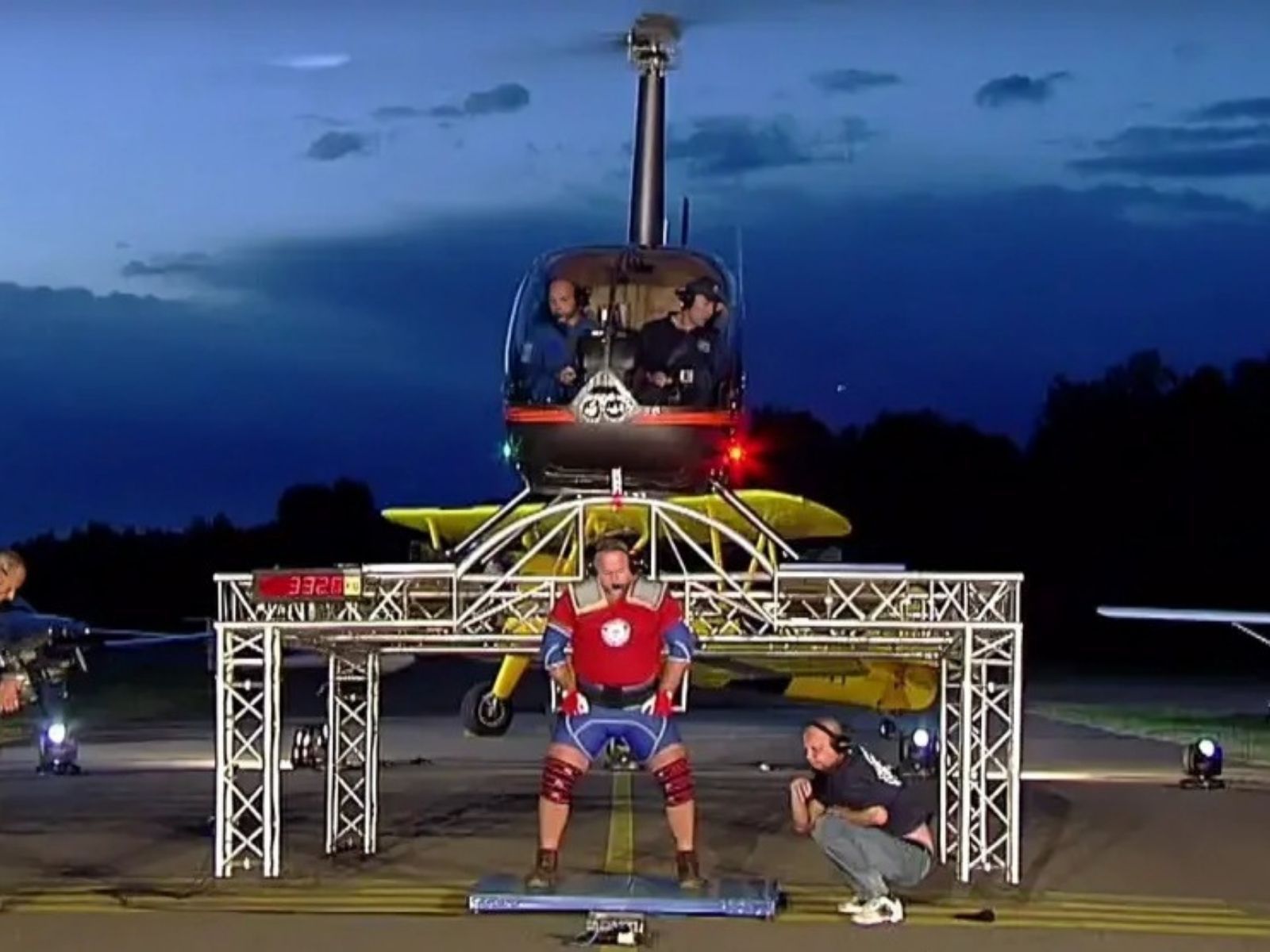
“
Shoulders are truly remarkable due to their extraordinary combination of strength and flexibility. This blog delves into the fascinating world of shoulder anatomy and achievements, revealing incredible facts about these versatile joints. We’ll explore the unique structure of the shoulder, including the complex network of muscles, tendons, and bones that enable a wide range of movements. From impressive feats of strength to the challenges faced, such as common injuries and conditions, we’ll cover it all. Discover how shoulders achieve remarkable records and maintain their delicate balance of stability and flexibility. Join us as we uncover the amazing details of shoulder function and performance, showcasing why shoulders are among the most fascinating parts of the body.1
1
”
The shoulder is made up of three key bones: the clavicle (collarbone), scapula (shoulder blade), and humerus (upper arm bone). It also includes various muscles, ligaments, and tendons that work together to support and enable its wide range of movement.1
The shoulder is a ball-and-socket joint that provides a wide range of motion, allowing for extensive movement. However, this flexibility also makes the shoulder prone to instability and dislocations, as the joint's extensive range can sometimes compromise its structural support.2

Franz Muellner from Austria showcased incredible strength by supporting an average of 560 kg (1,234 lb) on his shoulders for 30 seconds while a helicopter landed on a frame he was partly lifting.
Each year, nearly eight million people visit doctors for shoulder issues, with over half related to the rotator cuff. This group of muscles and tendons stabilizes the shoulder, aiding arm movement. Injuries often result from overuse or awkward motions.3
The earliest known shoulder surgery dates back to ancient India around 600 BCE. Sushruta, a pioneering surgeon, described techniques for treating shoulder injuries and dislocations using surgical methods and instruments.4
Shoulder dislocations are among the most common joint injuries. The shoulder’s wide range of motion makes it susceptible to dislocations, where the head of the humerus moves out of the socket.5
Advanced smart shoulder braces now feature integrated sensors and motors that provide real-time posture correction and support. These braces help reduce shoulder strain and improve ergonomics for people who spend long hours at desks or performing repetitive tasks.6
Sea turtles have flexible shoulder joints that let them pull their front flippers into their shells for protection. This helps them move easily both underwater and on land, which is especially useful during nesting.7

Corey Bennett from the USA set the record for the most cans crushed with shoulders in front of the body in one minute, with 26 cans. This record was achieved on the set of Lo Show Dei Record in Milan, Italy, on February 24, 2023.
As people age, the likelihood of developing osteoarthritis in the shoulder increases. Osteoarthritis, which affects the smooth cartilage on the ends of bones, can significantly impact daily activities and is a common cause of disability.8
Bears, particularly grizzly and brown bears, possess massive shoulders designed for incredible strength. Their robust upper bodies enable them to perform powerful actions such as digging through tough soil, climbing trees, and defending themselves effectively. 9
The shoulder muscles, particularly the trapezius and serratus anterior, play a role in breathing. They help lift the rib cage during deep breaths, which is essential for proper respiration and overall lung function.10
AR technology is being used for shoulder rehabilitation and training. Virtual simulations help patients perform exercises correctly, while real-time feedback improves their technique and accelerates recovery from shoulder injuries.11
S. Sanjuktha from India set the record for the most hula hoop rotations around the shoulders in one minute, with a total of 115 rotations. This record was achieved in Chennai, India, on September 9, 2023.12
Shoulder transplants are not a standard practice. Instead, shoulder replacement surgery is used to replace damaged parts of the shoulder joint with artificial components. This procedure includes total, partial, or reverse shoulder replacements, aiming to restore function and relieve pain.13


